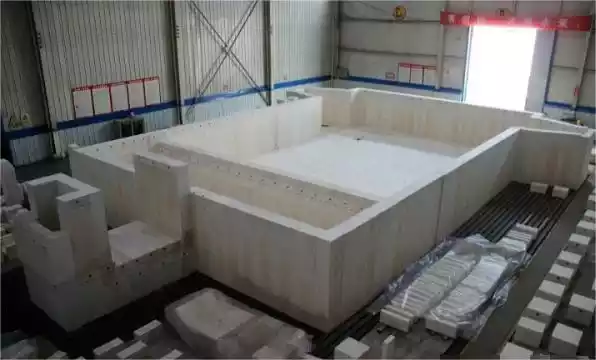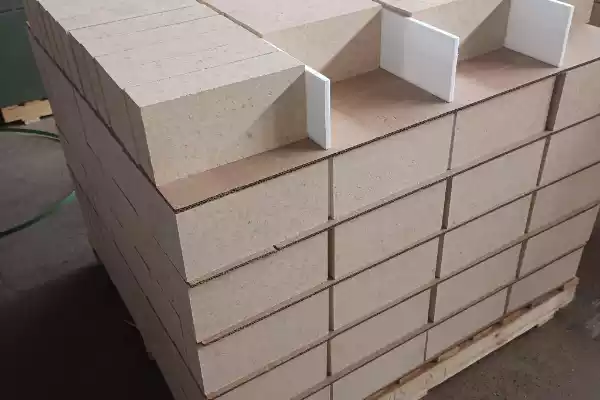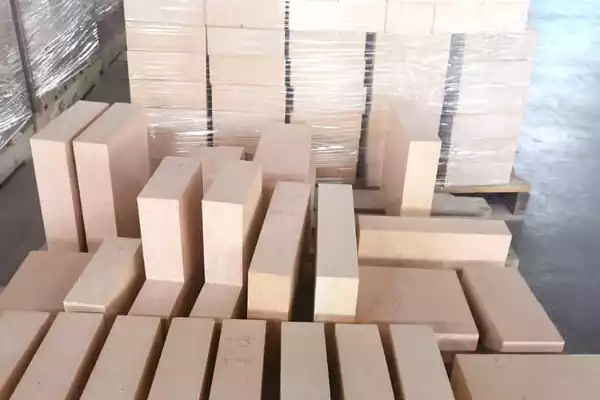유리 가마용 지르콘 내화벽돌
지르콘 내화 제품은 산성 물질입니다., 천연 지르콘 모래로 만든 (Zarsio4). 지르콘 내화 벽돌은 슬래그 저항성이 양호합니다, 작은 열 팽창률, 온도 증가에 따라 감소하는 열전도율, 부하 시 높은 연화 온도, 높은 내마모성, 좋은 열충격 저항, 산업 분야에서 중요해졌습니다. 고온 물질.
유리 가마 재료의 선택에서 어떤 요인이 고려되는지?

유리 멜팅 용광로의 용융 유리와 불꽃을 날리기 위해서는 특정 침식과 내화성 물질의 손상이 발생합니다., 유리 멜팅 용광로의 서비스 수명에 영향을 미치는. 게다가, 녹은 유리의 오염을 피하고 줄여야합니다.. 그러므로, 내화 재료의 선택은 유리 용광로의 수명 및 유리의 품질과 큰 관계를 맺고 있습니다..
지르콘 내화 벽돌은 어떻게 생산됩니까??

지르콘 벽돌 유리 가마의 경우 주요 원료로 지르콘으로 만들어집니다., 바인더 및 첨가제 추가, 비율로 장착, 교반 후 고온에서 발사되었습니다, 반죽, 조형, 그리고 건조. 지르콘 내화 벽돌은 생산 공정에 따라 생산되며 물리적 및 화학 지표는 고밀도 유형과 밀도가 높은 유형으로 나뉩니다..
유리 가마를위한 밀도가 높은 지르콘 벽돌은 주로 사용됩니다.?
지르콘 내화 벽돌은 유리 가마 수영장 벽의 작동 층에 사용됩니다., 밀도가 높고 수영장 벽의 작동 층으로 유리 액체의 침식에 저항하는 강한 능력.
유리 가마를위한 지르콘 내화 벽돌의 특성
- 높은 굴절성 및 높은 연화 온도.
- 슬래그 액체 침식 및 강한 산 저항에 대한 강한 저항.
- 높은 압축 강도.
- 좋은 열충격 저항.
지르콘 벽돌의 슬래그 저항을 개선하는 방법

- 다공성이 낮고 공기 투과성이있는 생성물은 입자 조성을 조정하고 성형 방법을 변경하여 생성 될 수 있습니다., 그러나 동시에, 열 충격 안정성의 감소로 이어질 것입니다.
- 벽돌 및 슬래그 상호 작용 제품의 점도를 향상시키기 위해 첨가제 추가
 Rongsheng 내화물 공장
Rongsheng 내화물 공장
위챗
위챗으로 QR코드 스캔